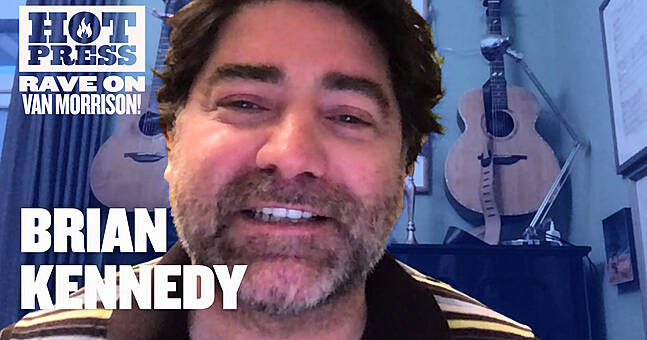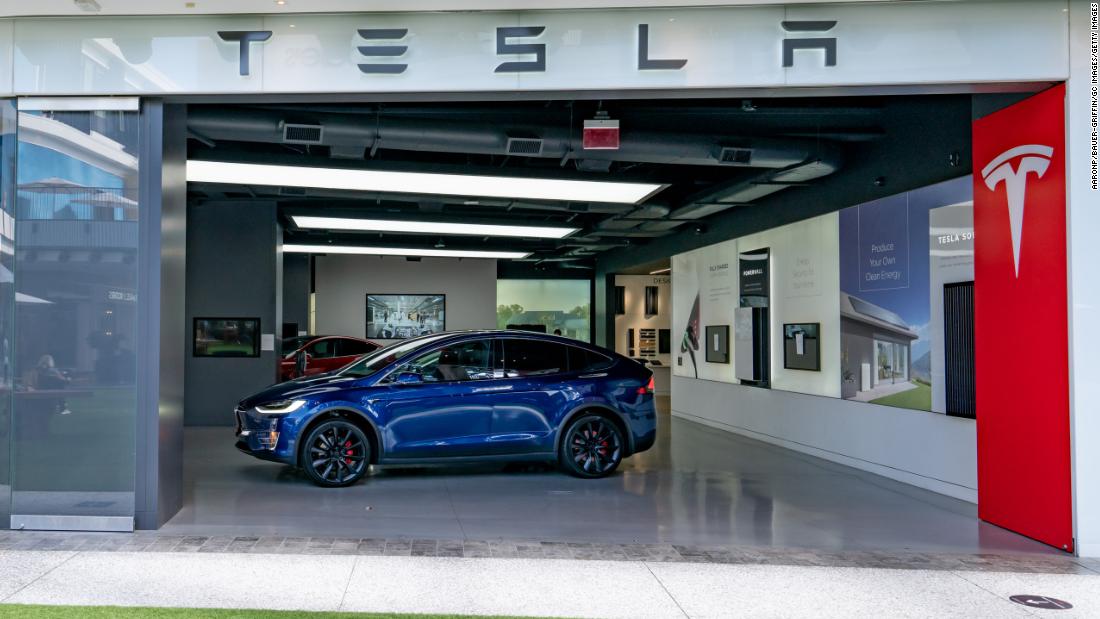Carla Campbell is a bounty hunter with a mission in the new series Love Fraud. Alex Takats/Showtime
Alex Takats/Showtime
Less than five minutes into the four-episode Showtime documentary series Love Fraud, a woman named Tracy says, "There's no excuse not to have teeth these days." She's talking about online dating and literal teeth, about arriving for a date with a man she found online and realizing he didn't have teeth. But could you take this as a little bit of a mission statement for the series? You could.
The story, as told by a number of women who knew Richard Scott Smith over many years, goes like this: He found women online, began dating them, very quickly got very serious about them, and eventually married them. He married a bunch of them, sometimes simultaneously. He got access to their money in a variety of ways, got them to assume debts with him for houses or cars or businesses, and then he simply scooted, and they couldn't find him. Take note: He denies that he was ever dishonest or ever defrauded anyone, even though he admits to some of the details of his pursuits and marriages. And the directors of the series, Heidi Ewing and Rachel Grady (who made the Oscar-nominated Jesus Camp, among other things) have to be somewhat imprecise about the number of women who were affected, because no one is exactly sure.
But the series isn't really about Smith. The series is about these women, who managed to find each other after one of them started a blog about him. Who found a way to put some teeth into their frustrations, as it were. And it's really the accumulation of stories from women that begins to shed light on how Smith seems to have operated. The allegations are less about one big score that made him rich, and more about commingling finances through marriage so you can take a little from this one, a little from that one, a little from the new one, and then just keep it moving. Under that explanation, the repeat marriages make perfect sense, because once you marry someone, a lot of the shenanigans of which he's accused become not just easier, but legal.
The woman who explains this is Carla. She has this to say about Smith's modus operandi: "He did not run off with millions of dollars at all ... He makes enough money to support his habits, like new trucks and new Harleys. He's a good con man, but he's not a big-dollar con man. He's a nickel-and-dime con man. He goes after middle-income women that have just enough money to make him look good. Meanwhile, he drains them of everything they've worked their whole life for, and it's not that much."
Carla isn't one of Smith's many wives. She's a bounty hunter.
You might be accustomed to seeing bounty hunters who are men — burly men, men in windbreakers with big shoulders. Carla isn't like that; she's an older woman with long gray hair who works in bail bonds. She also says that she was beaten by a man long ago, and it made her particularly pleased to go after men who hurt women. And so she ends up working with the Rick Smith accusers, who have found each other through a blog that one of them started to warn women away from him. Because it's not just a matter of proving the things they say he did to them; it's a matter of figuring out where he is. Smith is hard to find, and even after he gets probation and disappears, the crimes of which he's accused don't seem to be getting much traction with law enforcement or the legal system.
And so: a bounty hunter. One who's willing to work for free, because she hates men who abuse women.
There's a little bit of ambiguity in the series around the question of when the filmmakers entered this story. According to an article in Vanity Fair, they "were captivated once they discovered that Smith's discarded spouses had banded together as a kind of 'revenge squad,' commandeered by Carla Campbell, a straight-shooting, hard-smoking bounty hunter." But in the film, it certainly looks like the cameras are there for the women's first meeting with Carla where she agrees to take on the case. It may just be a matter of having asked the women to restate their agreement, but it would have been good to have a little bit more clarity about what exactly we're looking at.
What we do know is that the filmmakers eventually became full participants in the squad that was trying to find Smith. They even hired private investigators to help track him.
It's interesting to watch this series while HBO is running The Vow, about the NXIVM "self-improvement" group whose leader was convicted in 2019 of sex trafficking, racketeering and other charges. Both series take pains to try to understand what it is that makes people susceptible to pitches that, in the cold light of day, may seem obviously fishy. With NXIVM it was maybe the expectation that you call the leader "Vanguard," while with Smith it was his sudden declaration of love and a desire to share a checking account after only a short courtship.
But the filmmakers in both cases want to shed light on the fact that everyone has vulnerabilities, whether they have abundant resources or not. Sometimes you don't have to meet a genius to feel taken advantage of; just a person who knows how to recognize what you want and haven't ever had, whether it's someone who says they love you or someone who tells you that your life can have abundant and profound meaning.
We underestimate sometimes how much of our safety depends on people simply not deciding to try too hard to take it away. It doesn't seem like Richard Scott Smith was a genius, or was possessed of exceptional charm or looks. What he had in his arsenal was tenacity and commitment to the way he'd decided to live his life. Well, that and a deep reservoir of self-pity where you might expect a sense of shame or remorse to be.
Love Fraud premiered on Showtime on Sunday night and is available on demand.
Let's block ads! (Why?)
"like this" - Google News
August 31, 2020 at 06:01PM
https://ift.tt/2GddV4G
Review: 'Love Fraud' Traces The Hunt For An Alleged Con Man - NPR
"like this" - Google News
https://ift.tt/2MWhj4t
Shoes Man Tutorial
Pos News Update
Meme Update
Korean Entertainment News
Japan News Update











